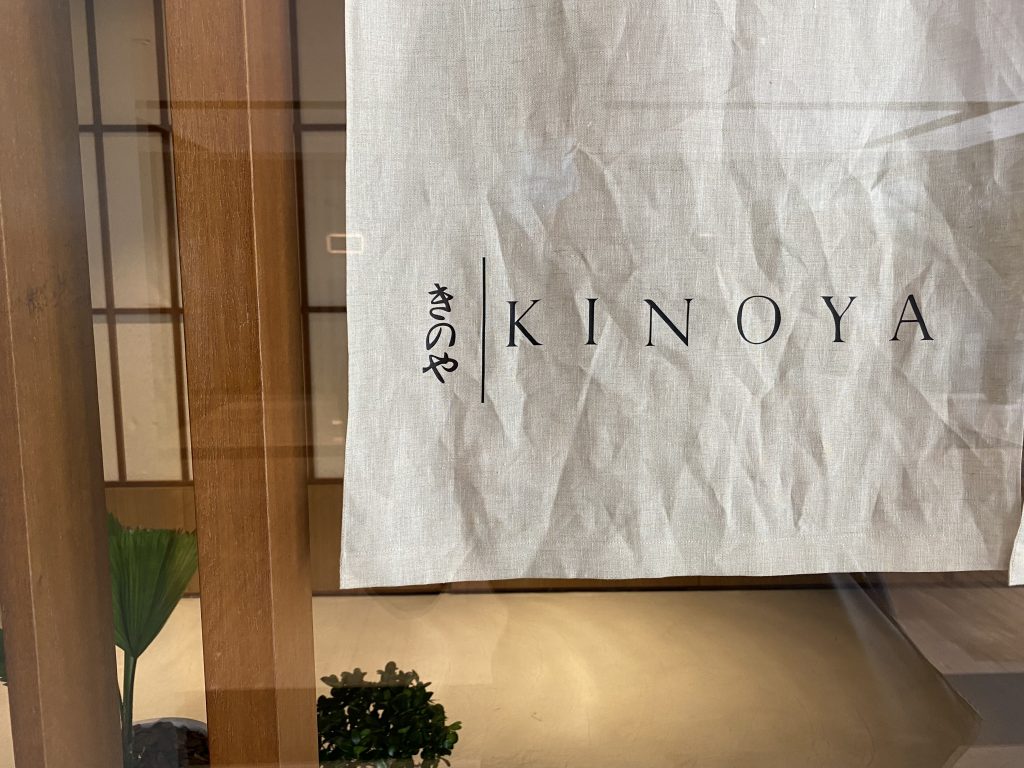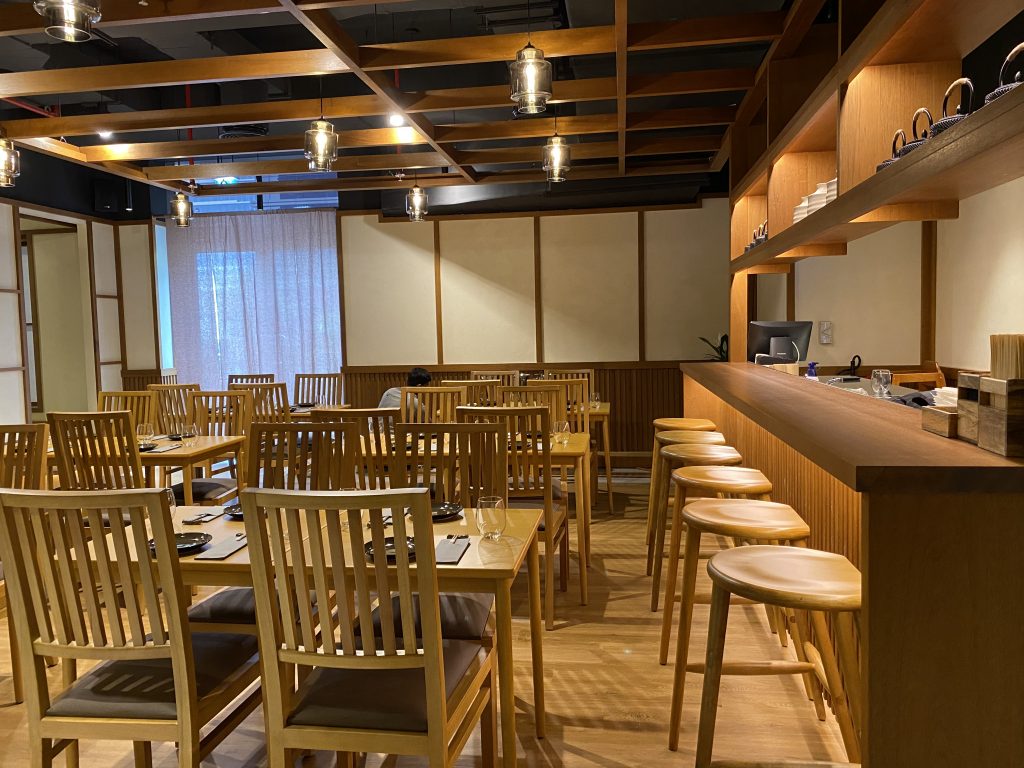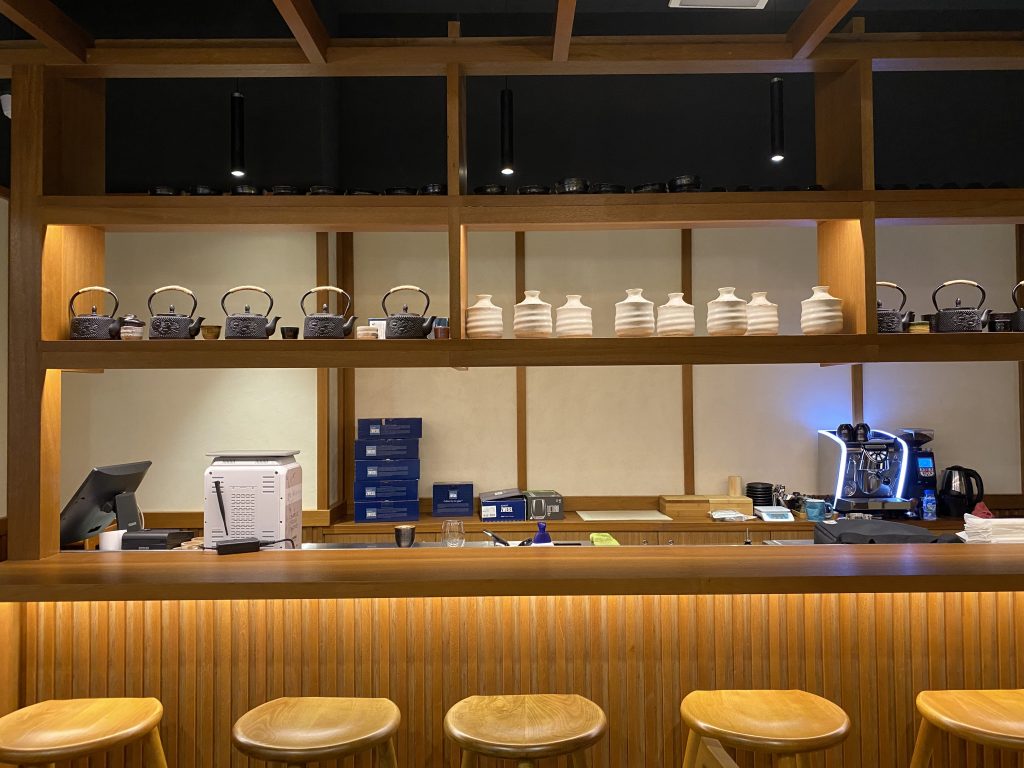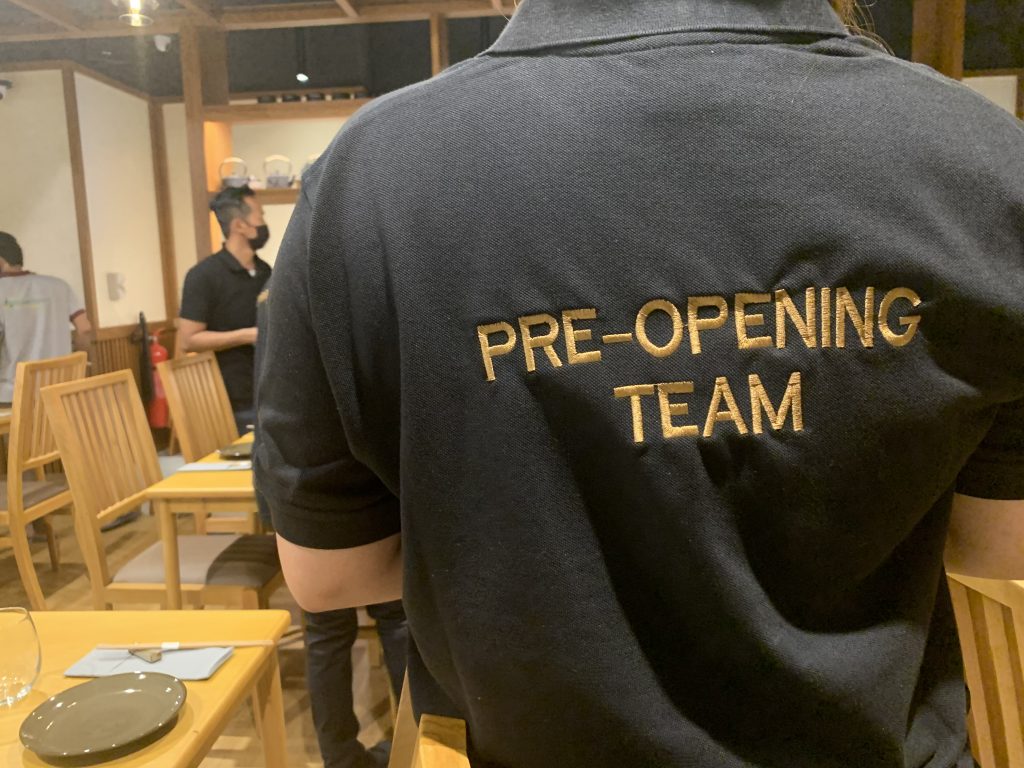







Shams El-Mutwalli Dubai
Neha Mishra, founder of the @astoryoffood Instagram account, gained popularity over the years for the ramen supper clubs hosted at her home. This month, customers are lining up to get a taste of her famous recipes now being served at Mishra’s very own restaurant, Kinoya opening on April 18.
Kinoya’s underlying concept is to offer the classics of Japanese cuisine like ramen, yakitori as well as tempura, kobachi, and sushi served within an Izakaya—often characterized as an informal Japanese dining setting.
The ethos behind the long-anticipated restaurant– which has already generated ample talk, resulting in a fully booked opening day–will always be “keep it small but do it right.”
“When I wanted to build a restaurant, I knew it had to be centred around ramen, but I also thought, from my experience I love Japan, I go back there as often as I can and one of the things I love is how great food it can be casually available and accessible without it being so unattainable,” which there was an absence of in Dubai, Mishra told Arab News Japan exclusively.
Mishra categorized Japanese restaurants in Dubai as either “street food” or “unapproachable” and “expensive,” outlining her goal of constructing a culinary concept that maintains the balance “like you would find in Japan,” whereby customers can visit casual restaurants but still indulge in a “phenomenal meal,” Mishra said.
Augmenting to this, Mishra opted to open the restaurant in the Green’s neighbourhood, which she labels as “humble” and “inconspicuous,” attracting everyday people from couples, colleagues and even families.
Straying away from the offerings at many mainstream Japanese restaurants, Kinoya offers a compact, yet traditional menu—one that encapsulates all of Mishra’s favourite recipes refined and perfected using ingredients and skill—the two fundamental components of Japanese cooking.
“One thing that we have made sure, and that I know has always been important to me is” that “the quality is key” and “with every single menu item we have considered quality over price,” Mishra told Arab News Japan.
Defining the Japanese cuisine as “purist,” Mishra ensures she sources the highest quality ingredients from Japan, maintaining a robust relationship with reputable suppliers.
This culinary philosophy feeds into Mishra’s overarching goal of launching a sustainable and long-term restaurant that surpasses momentary chatter.
Kinoya also aims to “to change the Japanese cuisine narrative in Dubai”—a bold statement with a simple message, according to Mishra.
She clarified that “Its actually the small things. When I say the narrative, I just mean I want you to eat food that would be cooked for you in a Japanese home not in a 5-star hotel,” citing the use of quintessential Japanese elements like an Onsen egg, as well as Dashi—a family of stocks—enabling our understanding of the cuisine to extend beyond gyoza, sushi and ramen.
Mishra teamed up with Japanese chef, Masao-san to bring the menu to life, who brought forward expertise following his career working with the Novikov Group, as well as his experience opening an Izakaya in Moscow. Masao-san is very much bound to Kaiseki—a ritualistic meal and special set of techniques that he claims is his culinary “identity.”
Overall, Masao-san offers a young, contemporary outlook coupled with the traditional training needed to satisfy the Kinoya vision, sharing a detail-oriented culinary philosophy with founder Mishra, who describes their partnership as “lovely” and “fluid.”
Masao-san pointed out how restaurants in Japan are typically smaller and more intimate, where as Dubai is renowned for their generous seating capacity that has now scaled down because of the pandemic, pioneered by Kinoya.
In addition to the food, dedication to Japanese culture and tradition heavily influenced the formation of the seating plan, and its compartmentalisation.

“Japan was very much on my mind when this whole place was designed, I think one of the first things that I wanted to achieve was the feeling of a shop within a shop, and that’s why the segregation is there,” Mishra told Arab News Japan, attributing this to Japan’s culture “illusiveness,” and mystery.
Kinoya is strategically divided into five separate eating spaces: the ramen counter, the chef’s table, the bar, an open seating plan as well as two tatami rooms, which is a private space sectioned off by sliding doors.
The restaurants layout facilitates an all-encompassing dining experience, and one that differs from space to space in that eating at the ramen counter differs drastically from the tatami room which engages senses such as taste as well as smell.

“With Kinoya, if you’re in the ramen room its supposed to be, you know, like a ramen bar where you’re supposed to perhaps sit next to a stranger and all you’re there for is to just” have a bowl of ramen and “watch the action happening.” Whereas the bar area is more communal, contrasting with the serenity and intimacy that comes with the tatami room—giving the restaurant a multi-purpose edge.
Mishra played an active role in curating how these spaces accommodate guests, a practice she fine-tuned in her years of hosting dinner parties at her dining room table, catering to over 6,000 people over the course of three years.
Mishra’s passion for Japanese food stemmed from her interest in ramen and the stringent process and discipline involved to finish making a batch of ramen, which she defines as a “multi-layered dish” involving more than 50 ingredients.
Ramen also involves intentional and mindful consumption to honour the dish, the efforts put into making it, as well as to preserve its flavour by eating it hot– another aspect that Mishra values.
This thorough appreciation of Japanese cuisine is rooted in Mishra’s adoration of Japan in its entirety.
She shared how “I resonated with” the culture and “I liked how disciplined it is, it fit my personality so much more than my own cultural upbringing did,” she said.
Mishra specifically highlighted the meditative stillness of the country, as well as the perseverance for perfection that guarantees everything is detailed and well thought out from the customer service to the dining experience.
While the restaurant owner expresses enthusiasm at the upcoming opening, she admits that the work to establish a concrete reputation and do the restaurant justice has just begun but is undeniably grateful for it.